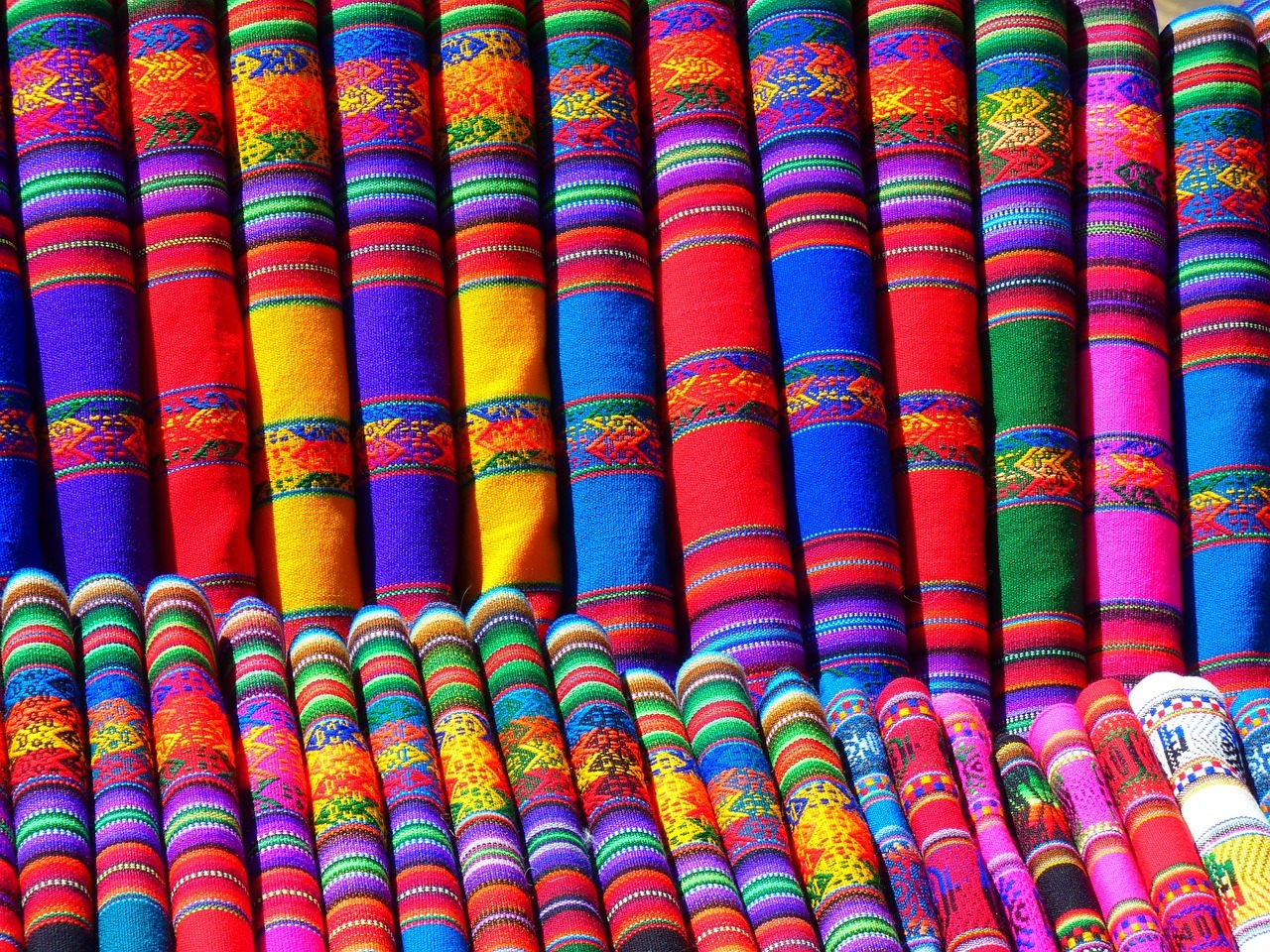In purely scientific terms, polyester is a group of polymers. It was invented when alcohols and carboxyl acids were combined. Polymers are materials made of lengthy, recurring chains of molecules and are known to have distinctive properties. These properties vary based on the type of molecules being bonded and how they are bonded. Polyester is a type of polymer that is bendy and stretchy. It is used in a variety of ways today and is quite popular.
The Beginning
In 1926, US-based DuPont started a vigorous research program on large molecules and synthetic fibers. Wallace H. Carothers headed this research for DuPont. This extensive research focused on what later became nylon, the first-ever synthetic fiber.
Nylon gained a sudden and overwhelming popularity. Hence, during the late 1930s, the hunt was on creating a new synthetic fiber to compete with Carothers’ nylon. As a result, John Rex Whinfield and James Tenant Dickson started investigating other types of polymers with textile fiber potential.
The 1929 writings of Wallace Carothers were found to have mentioned about polymers and their potential to be turned into polyester. However, DuPont decided to keep its focus on the more promising nylon research. Carothers’ research stayed incomplete and had no advancements in investigating the polyester formed from mixing ethylene glycol terephthalic acid. When DuPont resumed its research, Terylene polyester had already been patented.
The Invention of Polyester
John Rex Whinfield, who was a British chemist, together with James Tennant Dickson, worked over the abandoned research of Carothers. They further investigated and in 1941, produced and patented polyethylene terephthalate (PET). Synthetic fibers, such as polyester, dacron, and terylene, have the same underlying molecular formula, i.e., polyethylene terephthalate.
In 1941, alongside inventors W. K. Birtwhistle and C. G. Ritchiethey, Whinfield and Dickson also invented the earliest polyester fiber and named it ‘Terylene’. It was initially manufactured by Imperial Chemical Industries. It was considered to be equal to or even surpassing nylon in toughness and pliability. The second polyester fiber was constructed by DuPont and was named Dacron.
With the aim to further develop the Terylene polyester, DuPont purchased its U.S. rights in 1945. DuPont started producing Dacron fiber in a plant at the Seaford, Delaware, in 1950.
DuPont’s research on the polyester fiber resulted in a vast variety of trademarked products. One such product is Mylar which was created in 1952. Mylar is an extraordinarily strong polyester film that came out of the development of Dacron in the early 1950s. One example of a Mylar product are those shiny helium-filled balloons that we so often get to see during parties.
Polyesters are created from chemical substances mainly found in petroleum. They are manufactured in the form of fibers, films, and plastics.
Popularity of Polyester
One of the most prominent selling points of polyester was that it could be worn without ironing for 68 days straight and the clothing would still look creaseless. This appealed to the women a lot as they were supposed to be the homemakers. As a result, the popularity of polyester soared.
The polyester market underwent a rapid expansion. Textile mills started emerging everywhere and many of the mills were located at small gas stations. Such mills produced cheap polyester apparel. The inexpensiveness and durability of polyester fiber made it very popular in the market and the industry expanded until the 1970s when the downfall of polyester began.
When the infamous double-knit polyester fabric hit the market, young customers felt that the fabric was cheap and uncomfortable. This gave the fabric a very negative image. As a result, sales declined sharply. Despite many efforts to revive the popularity of polyester, all went in vain.
In the 1980s, a few designers including famous brands like Calvin Klein and Oscar de la Renta decided to use polyester and polyester blends to make a separate line of product. This helped the market to view polyester from a new perspective. Polyester was back in the game again.
Usage of Polyester
Plain polyester is most commonly known to be the material from which clothing is produced. Increasingly, over the past years, polyester has been accepted as the material of choice for beverage bottles. Glycolised polyester is one form that is used in the production of cards. Polyester film is a semi-crystalline film used in many functions such as videotape, X-ray film, high-quality packaging, etc.
The naming of an invention involves creating two names. One name is the generic name and the other is the brand name that is the trademark of the company/organization that discovered it.
Conclusion
Today, the emergence of polyester microfibers has completely revamped the outlook of polyester. It looks and feels just like silk, and it has helped in nullifying the negative image double-knit polyester left on the market. Thanks to advancing technology and manufacturing processes, polyester is now more comfortable and aesthetically pleasing.
Polyester is a material that has made a lasting impact on the industry. It has vasious uses and applications; hence, it is easy to say that polyester fabric has become a necessary part of our everyday lives.


